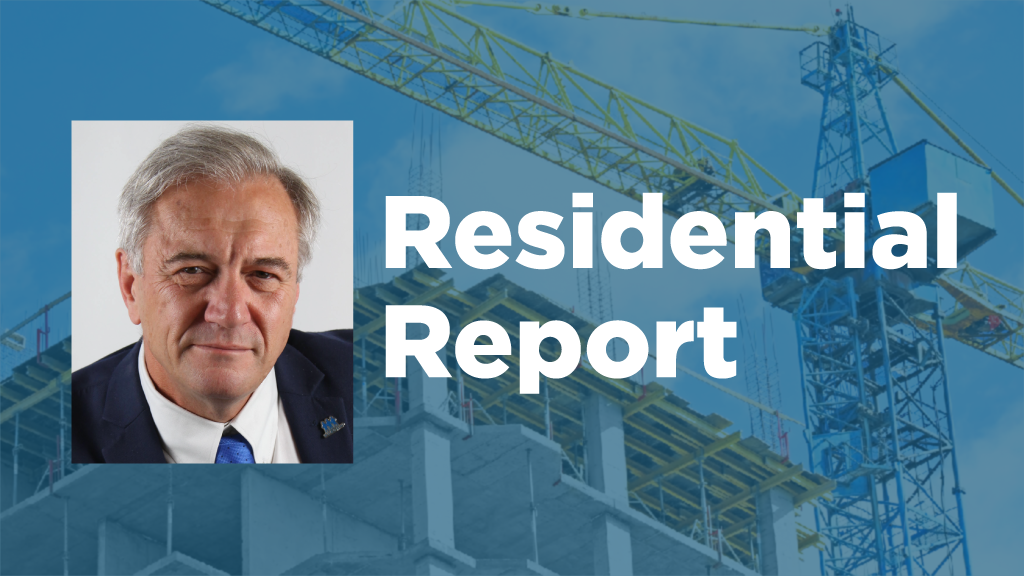Despite efforts undertaken by all three levels of government, times are tough for the residential construction industry these days.
High interest rates and runaway taxation have made new housing unaffordable for many while bureaucracy and red tape only add to the cost.
In Ontario, the government indicated in the recent fall economic statement that it now only expects to hit 81,300 new homes this year — down from the 87,900 that were expected at the time of the spring budget. The estimate is also well below the 150,000 new homes per year that the province would need to hit to reach the overall goal of 1.5 million homes in 10 years by 2031.
Down the road, in 2027, the province figures that 95,000 new homes will be built. Whether that actually happens, though, remains to be seen.
Meanwhile, BuildForce Canada anticipates the sector will still need to recruit 100,000 new construction workers by 2034 in Ontario alone to keep up with the workload.
Part of the industry’s challenge is that the workforce is aging. By 2033, more than a quarter-million workers are expected to exit the industry to retirement. This is further complicated by the fact Canada’s population is experiencing a demographic shift with the number of young people joining the workforce falling short of the number of older people expected to retire.
Nationally, BuildForce estimates the construction industry will need to hire 351,800 workers by 2033 to keep pace with construction demand and retirements.
To meet the requirements, immigration will play a major role. Immigration has traditionally been a major source of skilled workers for the construction industry. For decades, we have relied on trades coming from other countries to supplement our workforce. The future will be no exception.
If the residential construction sector is to build the millions of homes and condos that the population demands, it must grow the labour force.
On Oct. 24, though, the federal government announced major changes to the immigration system that are causing confusion. At a time when more co-operation is needed to bring trades into the country, unilateral action by the federal government represents a step in the wrong direction.
Let me explain.
In an attempt to rein in population growth, the feds announced a 2025–2027 Immigration Levels Plan that will significantly reduce immigration from 500,000 permanent residents in 2025 and 2026 to 395,000 and 380,000, respectively, and set a target of 365,000 for 2027.
More distressing, over the decades immigration has evolved to favour those with university education instead of workers who have trade certificates or specialized skills sets to work in residential construction.
By disproportionately granting admittance to those with university degrees or higher, those who are qualified and interested in skilled trades positions are denied.
This is the main problem facing our immigration system and one the Ontario government is trying to address through the Ontario Immigrant Nominee Program (OINP) and other targeted programs. Ontario’s OINP allocation for 2024 is 21,500 nominations — up from 16,500 in 2023.
Unfortunately, the present approach being taken by the feds is creating uncertainty related to the OINP and other programs and undermining what Ontario has done to target and boost skilled trades immigration. The OINP program needs to be protected and substantially expanded.
Initiatives like a pilot program for out-of-status construction workers in the GTA should be made permanent and expanded to retain essential construction workers already contributing to Ontario’s economy.
We are not denying the need for immigration reform, but we need to take a more measured approach that takes into account demographic projections and economic needs and addresses how to bring in more workers for the construction industry, specifically immigrants who have the specialized skills required to build housing and supporting infrastructure.
It is an issue that deserves immediate attention, as we will need more workers with the skills required to build the homes.
Richard Lyall is president of the Residential Construction Council of Ontario. He has represented the building industry in Ontario since 1991. Contact him at media@rescon.com.








Recent Comments
comments for this post are closed